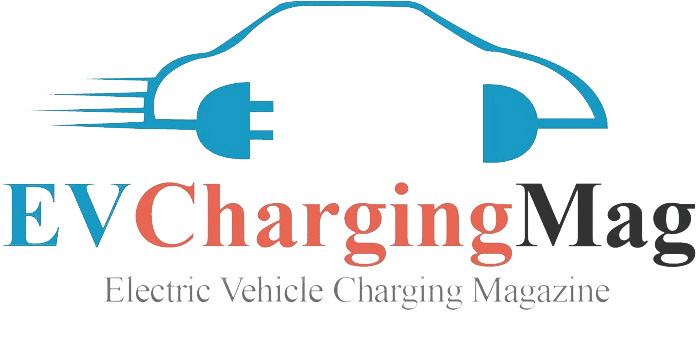WattEV, a national leader in heavy-duty freight electrification, significantly expands its electric truck charging network. The company will develop three strategically located depots, supported by over $24 million in grant funding from the State of California. This expansion prepares WattEV’s network for the next generation of megawatt-charging capable trucks.
Strategic Deployment Across Key California Corridors
New Megawatt Charging System (MCS) depots are currently under development in pivotal locations:
- Otay Mesa: Situated near the U.S.–Mexico border in San Diego County, this site features seven MCS chargers. Developed in cooperation with San Diego Gas & Electric (SDG&E), it specifically supports high volumes of cross-border freight.
- Baker: Positioned along the I-15 corridor between Southern California and Nevada, this depot will host ten MCS chargers. It serves long-haul routes to Las Vegas and beyond, operating in collaboration with Southern California Edison (SCE).
- Port of Long Beach: This expansion includes twelve MCS chargers, enhancing capacity at the nation’s busiest container port. It incorporates next-generation Silicon Carbide-based medium-voltage power rectifiers, which WattEV’s technology arm, Charge America, developed. Its proprietary Solid-State Transformer (SST) technology eliminates the need for conventional step-down transformers, thereby dramatically reducing installation complexity and cost. Each MCS cabinet installs compactly between lanes, mimicking traditional diesel fueling station layouts.
Together, these three sites will deploy 29 high-capacity MCS units. They are designed to support an estimated 100,000 charging sessions annually. Funding for this initiative comes through a program by the California Transportation Commission. This program aims to strengthen zero-emission freight infrastructure along major corridors.
Salim Youssefzadeh, CEO of WattEV, noted the impending shift in the industry. “The inflection point in freight electrification is arriving with the introduction of trucks capable of megawatt charging at scale,” Youssefzadeh stated. “We see 2026 as the turning point, and we are building ahead of demand to ensure that all major freight corridors in California are ready.”
Driving Efficiency and Broader Impact
All three depots are engineered to reduce vehicle charging times to 30 minutes or less. This brings electric truck refueling times in line with diesel standards. Their proximity to critical freight corridors ensures alignment with regional transportation strategies.
WattEV’s integrated model unites a growing fleet of Class 8 electric trucks, high-power charging depots, and a proprietary freight optimization platform. This platform currently delivers over 200,000 zero-emission freight miles each month through its Truck-as-a-Service (TaaS) program. By combining operational efficiency with advanced technology, WattEV emerges as a key partner for logistics providers. These providers seek dependable, on-time delivery at the lowest total cost of ownership.
Source: WattEV

